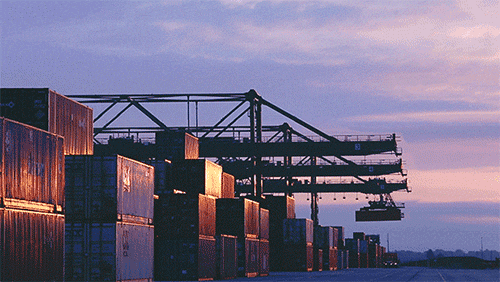Headline on repeat: The U.S. is (still) facing a bit of a container conundrum.
Too many imports, not enough exports, and as a result, the country is in a real container shortage.
How we got here: Early in the pandemic, when demand for goods dropped, shipping lines canceled many of their routes between Asia and the U.S. When demand picked up in summer 2020, thousands of containers were trapped in the U.S., while exporters in China waited for them.
But that was just the beginning: It’s hard to forget the ship that blocked the Suez Canal in March, for example, that delayed the transport of 20,000 shipping containers. May brought the shutdown of a port in Southern China that left 350,000 empty containers stranded in U.S. and European ports.
Plus this: Railyards and truck terminals are backed up, so boxes take longer to make it to the coasts. And there’s a shortage of labor to handle the boxes.
The cluster of issues nationwide has impaired food, ag, and forestry exports the rest of the world needs: “We’ve had customers in Asia that have had to stop their operations waiting for supply,” Bob Sinner, a specialty soybean producer in North Dakota, said.
And you may remember… More than 70 agricultural associations wrote a joint letter to President Biden on February 24, 2021, with a critical plea for assistance.
In the near term, the outlook isn’t exactly sunny: Union Pacific and BNSF railroads announced they were temporarily suspending intermodal train service between their respective container railyards in Chicago and the West Coast.
Supply chain challenges like this one are likely to last through 2021.

